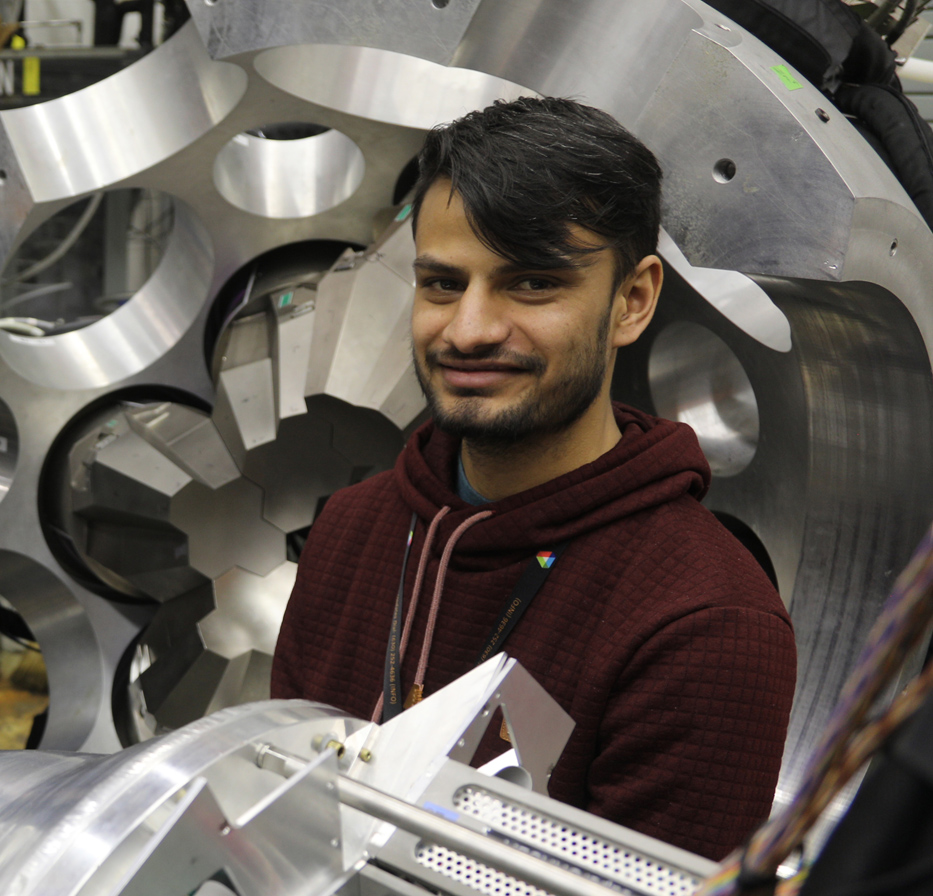
The 30P(p, γ)31S reaction acts as a bottleneck for classical nova nucleosynthesis beyond A=30 in ONe novae, due in part to the long lifetime of 30P (∼2.5 minutes) with respect to the timescale of a nova outburst. Also, the 30P(p, γ)31S reaction rate directly affects the isotopic ratio of 30Si/28Si, which is an important nova identifier in the analysis of pre-solar grains. Elemental abundance ratios of O/S, S/Al, O/P and P/Al have revealed to show extreme dependence on the nova peak temperature and the poorly constrained 30P(p, γ)31S reaction. To use these elemental ratios as nuclear thermometers for classical novae, 30P(p, γ)31S reaction rate should be constrained.
However, direct measurement of the 30P(p, γ)31S reaction is not feasible because proton capture reactions at astrophysical energies have very low cross sections as the proton has to tunnel through the Coulomb barrier and due to experimental challenges in producing an intense 30P beam at relevant astrophysical energies. An indirect method was used which measured the 30P(d, pγ)31P transfer reaction with a radioactive 30P beam at 8 MeV/A at Argonne National Laboratory using the newly commissioned GODDESS (GRETINA-ORRUBA: Dual Detectors for Experimental Structure Studies) system, which is a coupling of position-sensitive silicon detectors array ORRUBA, with the γ-ray tracking array GRETINA.
The angular distributions and the single-neutron spectroscopic structure of 31P was studied. The single-proton spectroscopic structure, resonance structure and reaction rate of the astrophysically important resonances in 31S was constrained via mirror symmetry.


